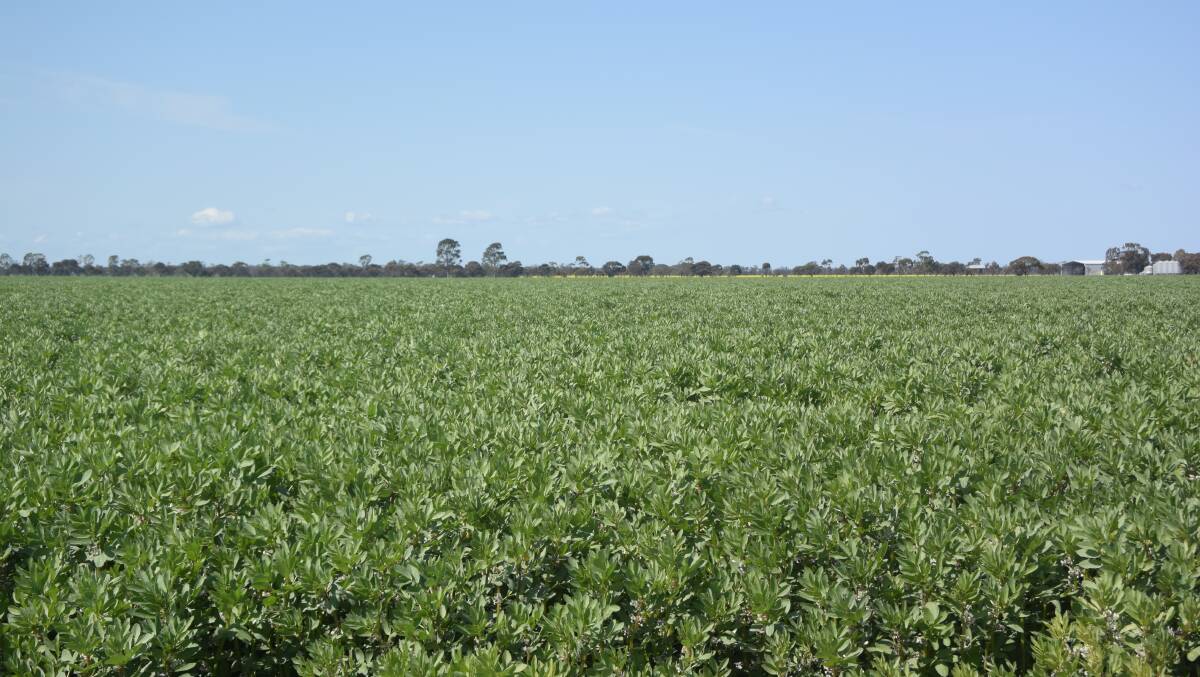
WESTERN Australia is Australia's largest grain producing state.
Subscribe now for unlimited access to all our agricultural news
across the nation
or signup to continue reading
This year it grew over half of the total national winter crop.
However, although it is a natural home for crops such as cereals and canola, the prevalent soil types mean pulse production is not so easy.
While growers in the eastern states and South Australia have enjoyed boom times over the past decade through the excellent gross margins offered by human consumption crops such as chickpeas, lentils and for the previous harvest faba beans, legume options are much more limited in the west.
In general, farmers still rely on lupins for the pulse phase in the rotation. due to their tolerance of the acidic soils that are found in much of the state's cropping belt.
A new $6 million project announced by the Grains Research and Development Corporation (GRDC) and the Department of Primary Industries Research and Development WA, backed by Pulse Australia, will look to expand the area planted in WA to high value pulses such as faba beans, lentils and chickpeas.
According to Pulse Australia, WA exports an average of 300,000 tonnes of lupins each year, but the total value is a lot less than the 1.5-2 million tonnes of food grade pulses exported out of the east.
Pulse Australia chairman Ron Storey said developing the pulse sector in WA would help the Australian pulse industry as a whole, limiting exposure to climatic-based production risk.
“Developing a stronger supply base of pulses out of Western Australia is key to Australia participating in the plant protein story in global markets," he said.
He said there were bright prospects for the pulse industry in coming years as a source of plant-based protein for human diets.
“The evidence is compelling. Plant protein will play a much greater role in healthier bodies, a healthier planet and at lower food costs; it’s a great story”, he said.
With this in mind, he said the industry was looking to increase plantings of the major human consumption legumes crops in WA.
Mr Storey said WA farmers had a natural advantage in terms of a freight advantage over virtually any other origin in the world into the global hub of pulse consumption, the Indian subcontinent.
Work will include trying to adapt pulse lines for WA conditions and means of combating issues with acidic and sandy soils.


